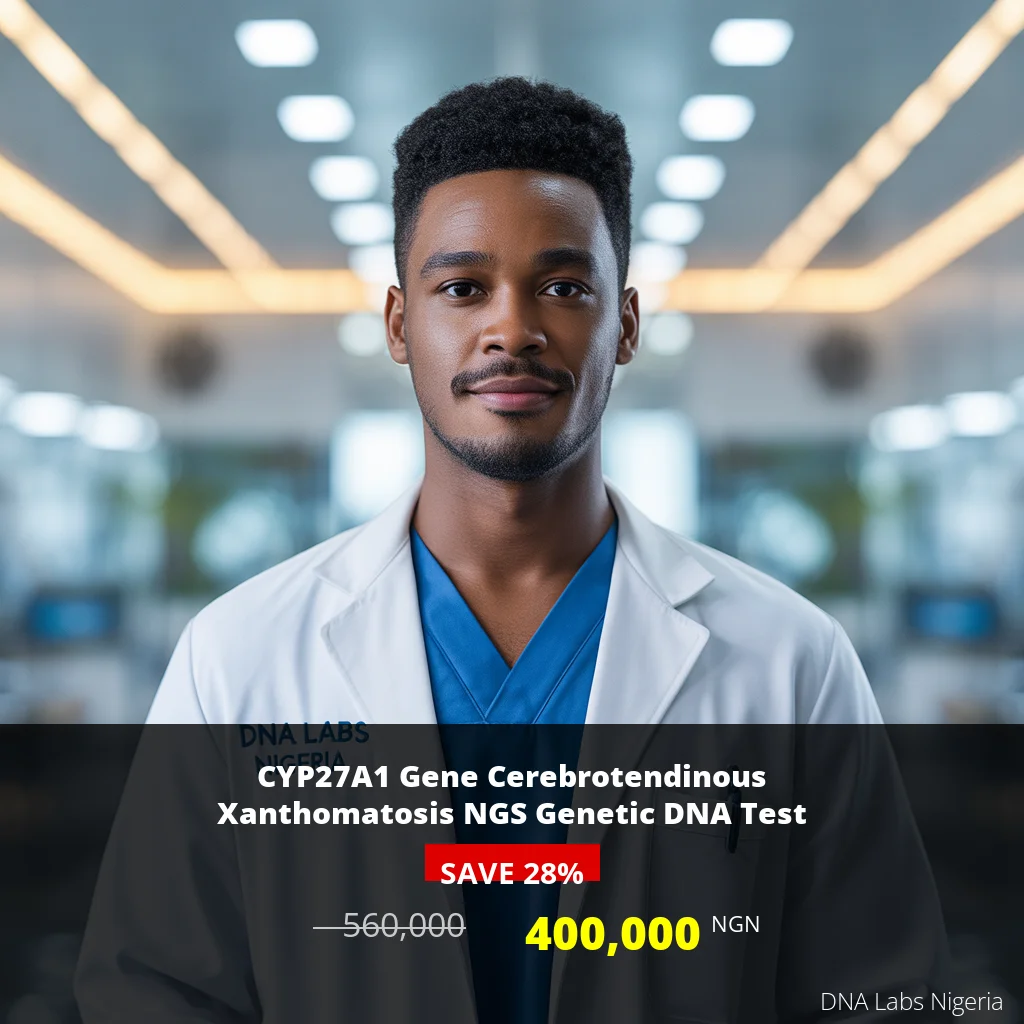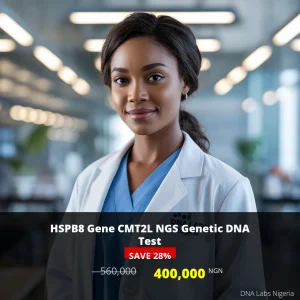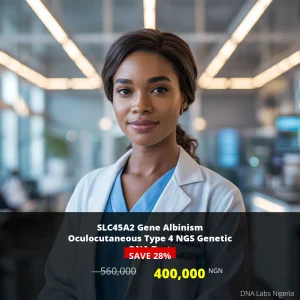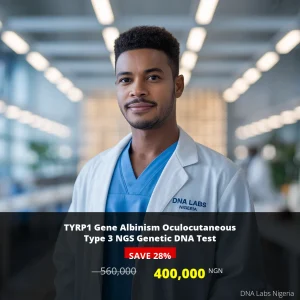CYP27A1 Gene Cerebrotendinous Xanthomatosis NGS Genetic DNA Test
Introduction to the Test
The CYP27A1 Gene Cerebrotendinous Xanthomatosis NGS Genetic DNA Test is a revolutionary diagnostic tool that utilizes Next Generation Sequencing (NGS) technology to identify mutations in the CYP27A1 gene. This gene is crucial for the metabolism of cholesterol and bile acids, and mutations can lead to cerebrotendinous xanthomatosis, a rare and serious neurological disorder.
What the Test Measures
This test specifically detects mutations in the CYP27A1 gene that are associated with cerebrotendinous xanthomatosis. By analyzing the genetic material, clinicians can ascertain the presence of these mutations, which can significantly impact patient health and treatment options.
Who Should Consider This Test?
Individuals who exhibit symptoms such as neurological issues, cognitive decline, or have a family history of cerebrotendinous xanthomatosis should consider this test. Risk factors include:
- Family history of neurological disorders
- Symptoms related to cognitive decline
- Previous diagnoses of related conditions
Benefits of Taking the Test
Taking the CYP27A1 Gene Cerebrotendinous Xanthomatosis NGS Genetic DNA Test offers several benefits, including:
- Accurate identification of genetic mutations
- Guidance for treatment options
- Informed family planning and risk assessment
- Enhanced understanding of neurological health
Understanding Your Results
Once the test is completed, results will be analyzed and provided along with guidance from our genetic counseling team. It’s important to discuss your results with a healthcare provider to understand their implications fully.
Test Pricing
| Price Type | Amount (NGN) |
|---|---|
| Discount Price | 400,000 NGN |
| Regular Price | 560,000 NGN |
Booking the Test
To book the CYP27A1 Gene Cerebrotendinous Xanthomatosis NGS Genetic DNA Test, please contact us at +2348110567037 or visit our website for more information. Ensure you have a clinical history and consider a genetic counseling session to draw a pedigree chart of affected family members.







